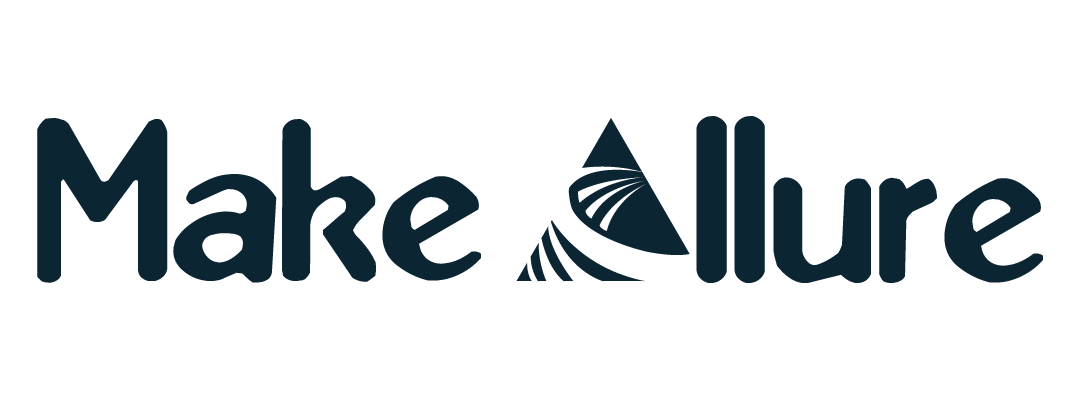Shifting Habits in Reading
Reading has never stayed the same for long. From clay tablets to papyrus rolls and leather-bound tomes, every era has redefined how stories and knowledge are passed along. Today e-libraries stand as the new torchbearers of this tradition. They carry millions of texts that can be reached in seconds and do not weigh more than a pocket device.
Printed books will always have their charm but convenience changes the game. Many people use Z library to find a wider range of books and this highlights how readers now expect instant choice. The growth of e-libraries is not only about saving space on a shelf but also about building bridges for people who want more than local shops can offer.
The Pull of Accessibility
E-libraries do more than store files. They make reading more democratic. A village library may hold a few thousand volumes but an online library can give access to rare manuscripts or niche research that would otherwise stay hidden in locked cabinets. For students workers or hobbyists this is no small thing.
Cost also plays a role. Buying new releases is expensive and waiting for used copies can take forever. A digital copy does not wear out and can be shared across borders. This creates a sense of global community where the walls of geography lose their meaning.
Beyond Pages: How Content Expands
The term “library” no longer refers only to novels or textbooks. E-libraries now host audiobooks videos and interactive material. This shift changes how people learn and engage with stories. A math tutorial with sound and visual animation can do more than a static formula on paper. A history archive with scanned letters brings voices from the past closer than ever.
To understand this new landscape it helps to look at a few central strengths:
- Diversity of material
An e-library can carry not only classic fiction but also government reports local zines research papers and even emerging writers who may not land a traditional publisher. This opens doors for anyone who wants to share their voice without waiting for approval. Diversity is not just about numbers but about creating a living ecosystem where each type of text can find its reader. It also allows small communities to preserve their stories in digital form which prevents them from being lost to time.
- Flexibility of formats
Content today adapts to different needs. Audiobooks can fill the silence on a long commute while ePub files adjust font size for tired eyes. Some readers prefer scrolling on a phone while others sync across devices. This flexibility keeps reading relevant in lives that are always in motion. The ability to shift from a PDF on a laptop to an audiobook on a walk gives people freedom to choose how they consume knowledge.
- Speed of distribution
When a new book is released in print it may take months to reach distant regions. In digital form it can appear instantly worldwide. This speed keeps readers connected to current debates and fresh ideas without delay. It also helps independent authors share their work faster and cheaper than ever before. For publishers speed means staying ahead in a competitive market.
These strengths point to a clear trend. Digital content does not aim to replace books entirely but it bends the rules of how reading fits into daily life.
Meeting Tomorrow’s Expectations
As more people turn to screens for work and study e-libraries become the natural extension of this rhythm. They provide a space where curiosity does not need to wait for a delivery truck or a library card renewal.
The future of e-libraries rests on balance. Readers still love the smell of old paper and the creak of a worn spine yet they also crave convenience and scale. By mixing tradition with innovation e-libraries continue to grow not as a threat but as a companion to the printed page. In the end what matters most is that stories survive and spread no matter what form they take.


